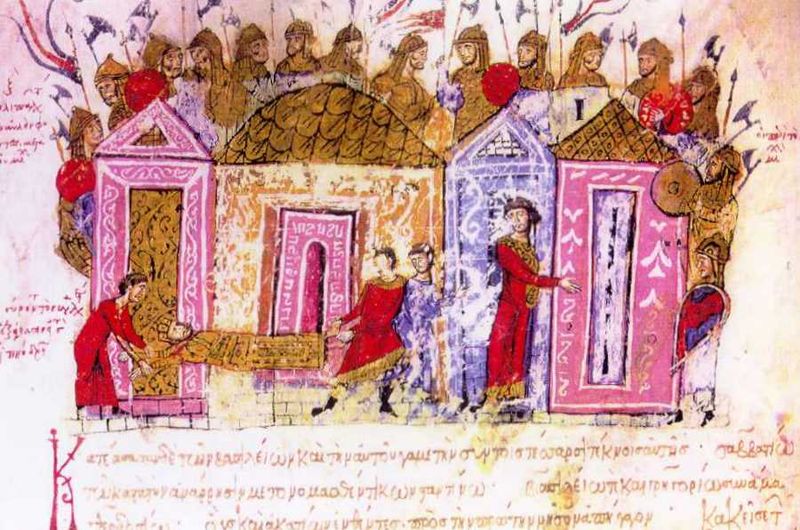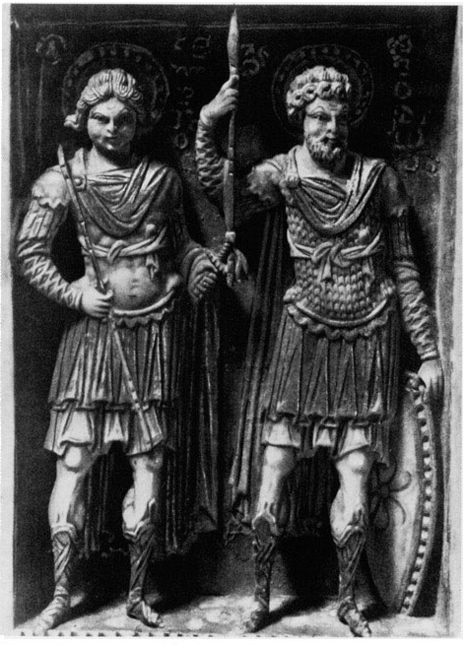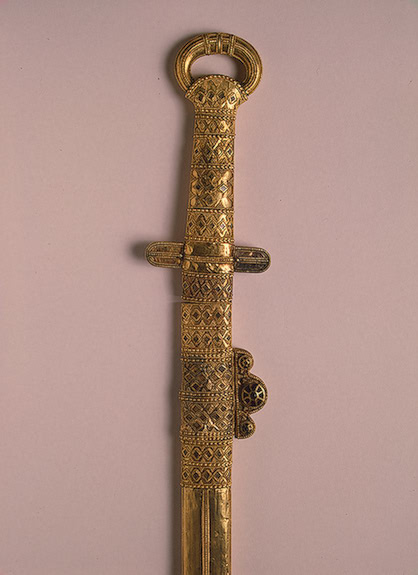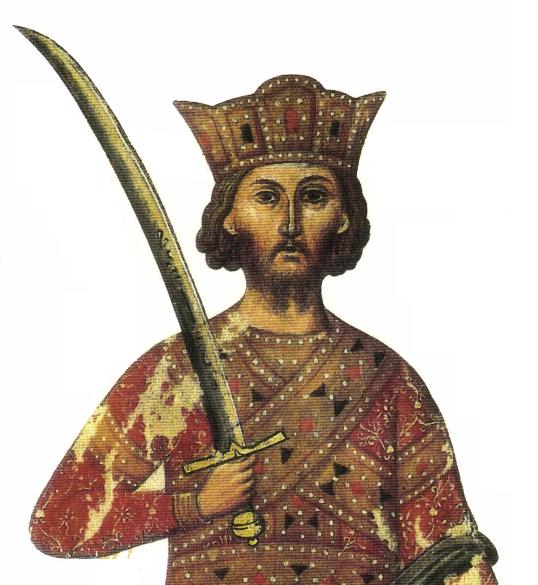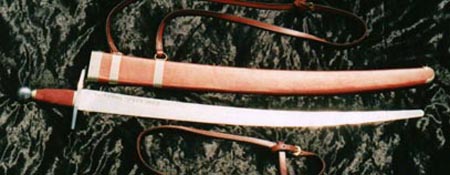| Michael Eging wrote: |
|
Very interesting. What is interesting to me is that the Byzantines had such a wide medieval footprint, and armouries producing weapons for thematic armies, etc. that we don't see many examples of their weaponry. For example, coins, jewelry, etc. there are many many pieces, but I am wracking my brain to find examples of these Byzantine weapons. :cool: |
You are right Michael. Pieces of Byzantine weapons are really rear. I ll try to post some here ,unfortunately swords not included (sorry for being a bit off topic)
[ Linked Image ]
Arrowheads, dagger and Axe . Kitros,Macedonia,Greece 6th-7th cent.AD.
[ Linked Image ]
Arrowheads .Thessaloniki,Greece.
[ Linked Image ]
(probably) Byzantine Mace .14th cent.
